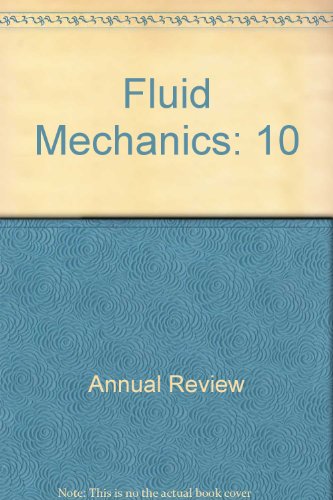The Flow Physics of Face Masks
IF 30.2
1区 工程技术
Q1 MECHANICS
引用次数: 9
Abstract
Although face masks have been used for over a century to provide protection against airborne pathogens and pollutants, close scrutiny of their effectiveness has peaked in the past two years in response to the COVID-19 pandemic. The simplicity of face masks belies the complexity of the physical phenomena that determine their effectiveness as a defense against airborne infections. This complexity is rooted in the fact that the effectiveness of face masks depends on the combined effects of respiratory aerodynamics, filtration flow physics, droplet dynamics and their interactions with porous materials, structural dynamics, physiology, and even human behavior. At its core, however, the face mask is a flow-handling device, and in the current review, we take a flow-physics-centric view of face masks and the key phenomena that underlie their function. We summarize the state-of-the-art in experimental measurements, as well as the growing body of computational studies that have contributed to our understanding of the factors that determine the effectiveness of face masks. The review also lays out some of the important open questions and technical challenges associated with the effectiveness of face masks. Expected final online publication date for the Annual Review of Fluid Mechanics, Volume 55 is January 2023. Please see http://www.annualreviews.org/page/journal/pubdates for revised estimates.口罩的流动物理
尽管口罩已经被用于抵御空气传播的病原体和污染物超过一个世纪,但为了应对新冠肺炎大流行,对其有效性的密切审查在过去两年达到了顶峰。口罩的简单性掩盖了物理现象的复杂性,而物理现象决定了口罩作为抵御空气传播感染的有效性。这种复杂性的根源在于,口罩的有效性取决于呼吸空气动力学、过滤流物理、液滴动力学及其与多孔材料的相互作用、结构动力学、生理学甚至人类行为的综合影响。然而,口罩的核心是一种流动处理设备,在当前的综述中,我们对口罩及其功能背后的关键现象采取了以流动物理学为中心的观点。我们总结了实验测量的最新技术,以及越来越多的计算研究,这些研究有助于我们理解决定口罩有效性的因素。该综述还列出了一些与口罩有效性相关的重要未决问题和技术挑战。《流体力学年度评论》第55卷预计最终在线出版日期为2023年1月。请参阅http://www.annualreviews.org/page/journal/pubdates用于修订估算。
本文章由计算机程序翻译,如有差异,请以英文原文为准。
求助全文
约1分钟内获得全文
求助全文
来源期刊
CiteScore
54.00
自引率
0.40%
发文量
43
期刊介绍:
The Annual Review of Fluid Mechanics is a longstanding publication dating back to 1969 that explores noteworthy advancements in the field of fluid mechanics. Its comprehensive coverage includes various topics such as the historical and foundational aspects of fluid mechanics, non-newtonian fluids and rheology, both incompressible and compressible fluids, plasma flow, flow stability, multi-phase flows, heat and species transport, fluid flow control, combustion, turbulence, shock waves, and explosions.
Recently, an important development has occurred for this journal. It has transitioned from a gated access model to an open access platform through Annual Reviews' innovative Subscribe to Open program. Consequently, all articles published in the current volume are now freely accessible to the public under a Creative Commons Attribution (CC BY) license.
This new approach not only ensures broader dissemination of research in fluid mechanics but also fosters a more inclusive and collaborative scientific community.

 求助内容:
求助内容: 应助结果提醒方式:
应助结果提醒方式:


